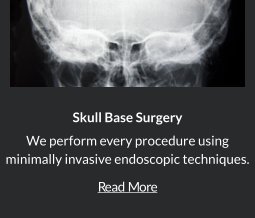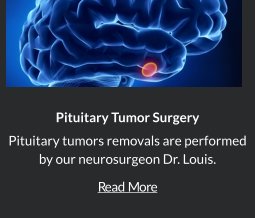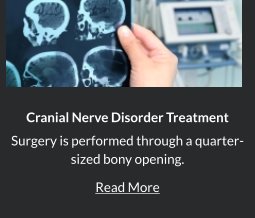Initial treatment will involve thorough medical history and physical exam, including the patient’s symptoms. To help detect spinal stenosis, Robert Louis, MD conducts a neurological exam and may request for diagnostic imaging to find the exact location of disc or joint degeneration causing the symptoms of spinal stenosis.
Computerized tomography (CT Scan): CT scan may aid in determining the exact location of disc causing the nerve root and spinal cord compression.
Magnetic resonance imaging (MRI):Advanced cases of Cervical Osteoarthritis show abnormal signal within the spinal cord on MRI imaging. In case of atrophy of the spinal cord due to nerve cell loss, also referred to as myelomalacia, surgical outcomes may not be as promising.
X-rays: Application of radiation to produce a film or picture of a part of the body can show the structure of the vertebrae and the outline of the joints.
Myelogram: A test in which the docor injects liquid dye into your spinal column.
Bone scan: A test in which you are given a shot of radioactive substance that shows where bone is breaking down or being formed.
















